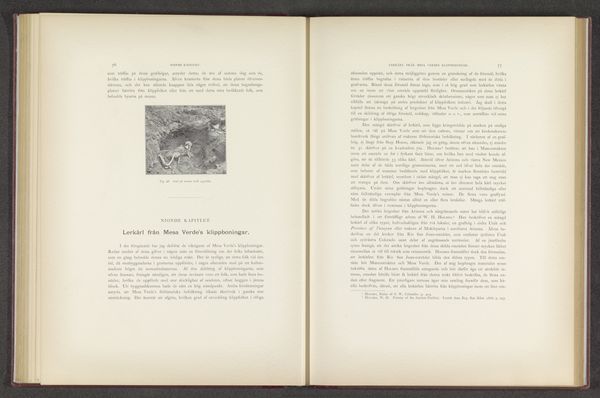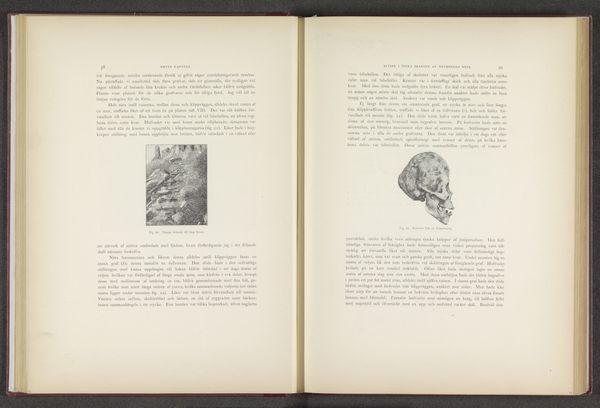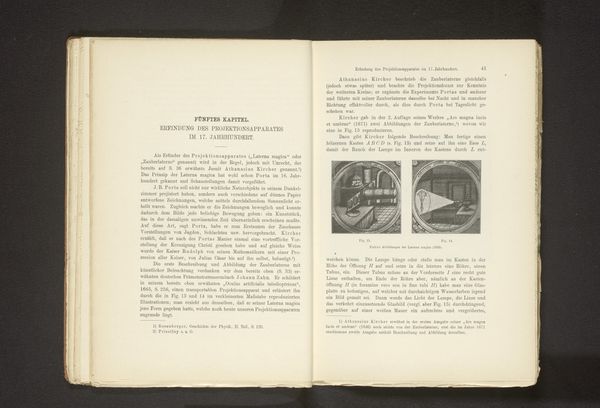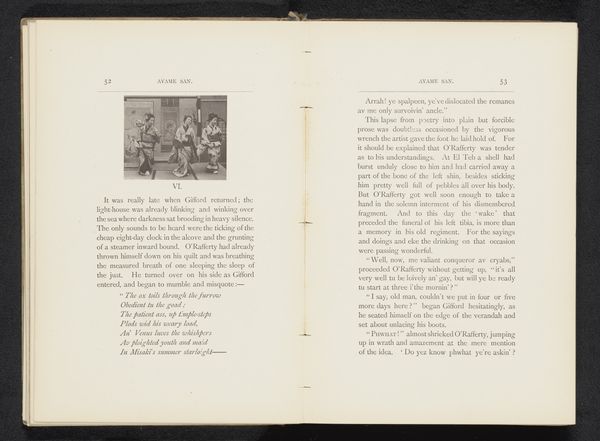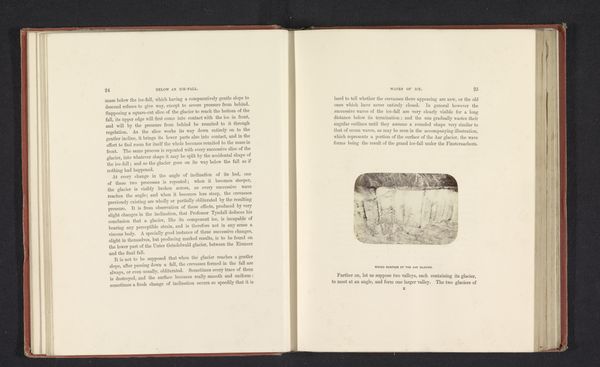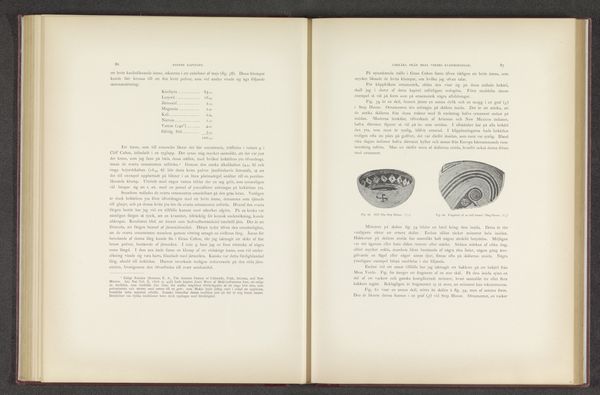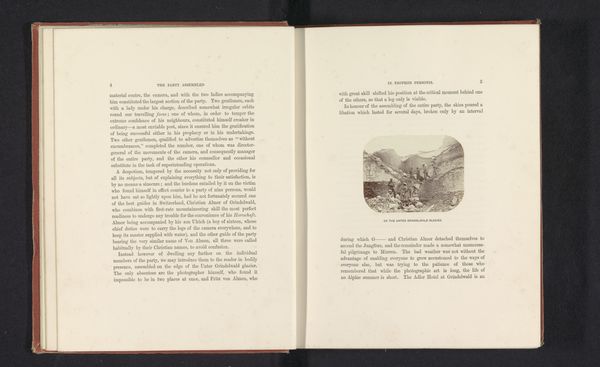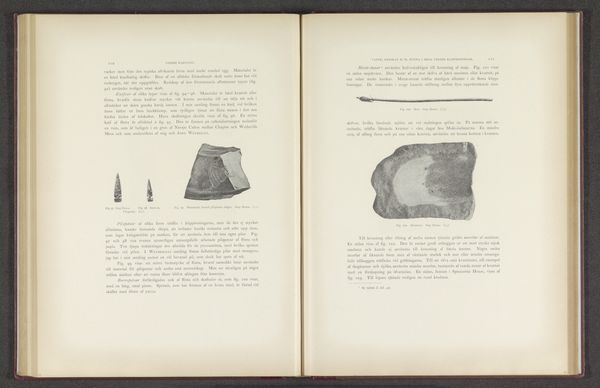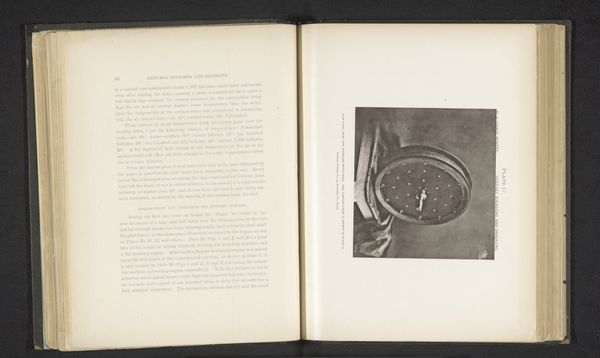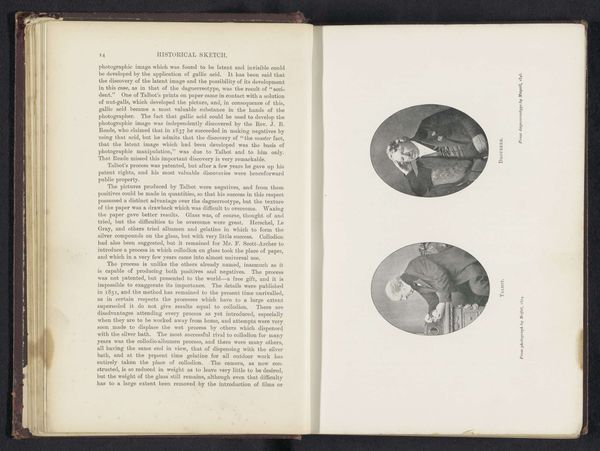
drawing, paper
#
script typeface
#
drawing
#
aged paper
#
script typography
#
hand drawn type
#
personal journal design
#
paper
#
thick font
#
publication mockup
#
handwritten font
#
letter paper
#
historical font
Dimensions: height 75 mm, width 71 mm
Copyright: Rijks Museum: Open Domain
This pot from the Step House in Mesa Verde National Park was found by Gustaf Nordenskiöld. It is made of clay, carefully coiled and shaped by hand. The pot's surface is textured, bearing the marks of the maker's hands and the tools used to smooth and refine its form. The process of creating such a pot involved gathering and preparing the clay, a labor-intensive task that connected the maker directly to the landscape. The coiling technique, requiring patience and skill, reflects a deep understanding of the material's properties and potential. The pot was then fired, transforming the clay into a durable vessel, essential for storage, cooking, and other domestic tasks. The visible time and effort invested in this object give it a social significance. It speaks to the community's values, their resourcefulness, and their reliance on skilled labor. By appreciating the material and making of this pot, we gain insight into the lives and traditions of the people who created it, transcending any perceived boundary between art and craft.
Comments
No comments
Be the first to comment and join the conversation on the ultimate creative platform.
